In the age of the gun they were typical conjured from steel and walnut and fastidiously fitted.
Even in the Industrial Age there yet remained a great deal of weapons production that involved a human touch.
Such a cumbersome ethos even carried us through the expansive First War to End All Wars.
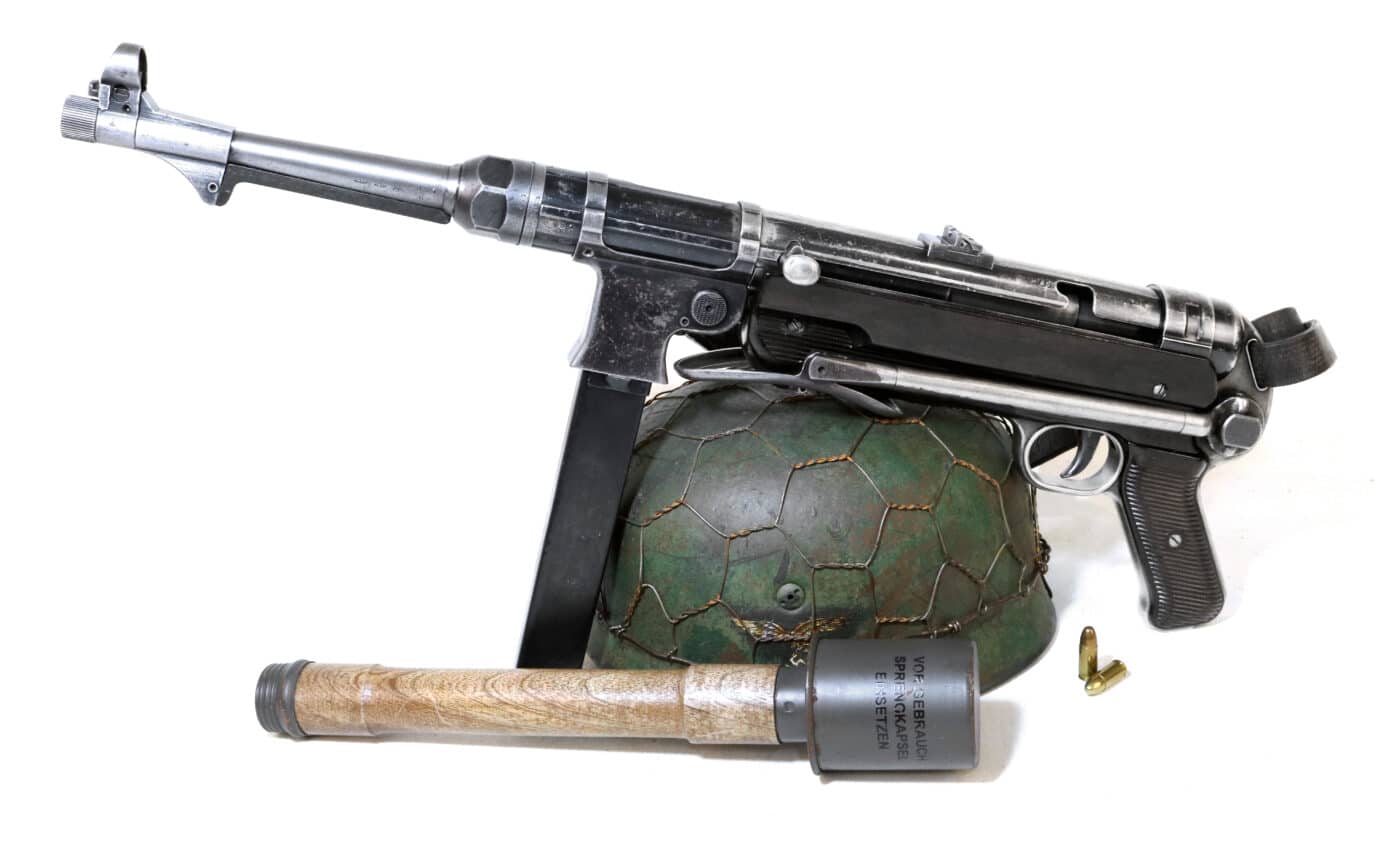
In the interstitial space between World Wars I and II, something insidious happened.
Engineers, politicians and industrialists alike had an awakening.
In no place was this axiom better manifest than in the German MP40.
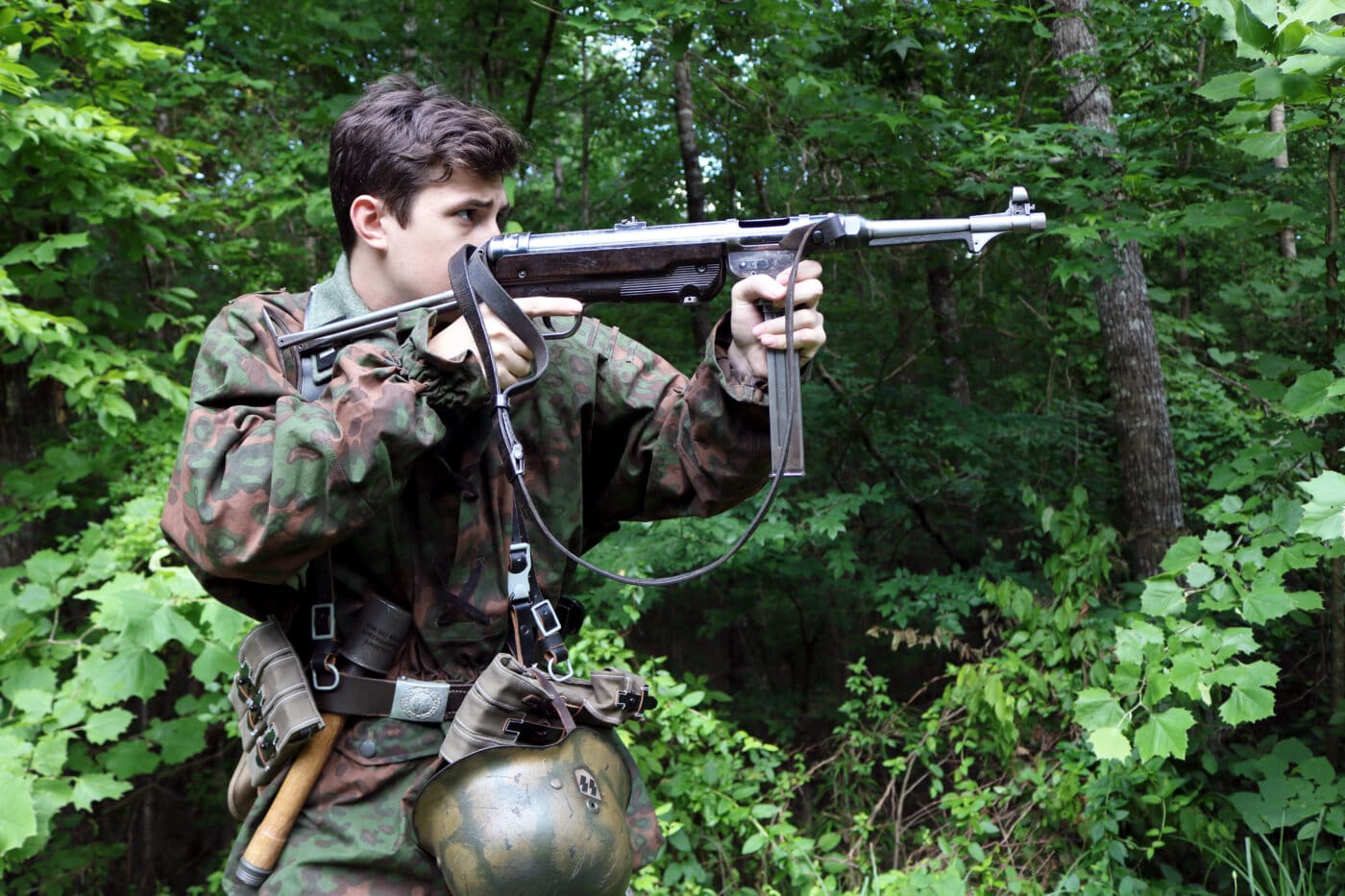
Origin Story
The MP40 was an evolutionary development of the original MP36.
The subsequent MP38 was built around a machined steel receiver.
The MP38 hit the streets in, you guessed it, 1938.
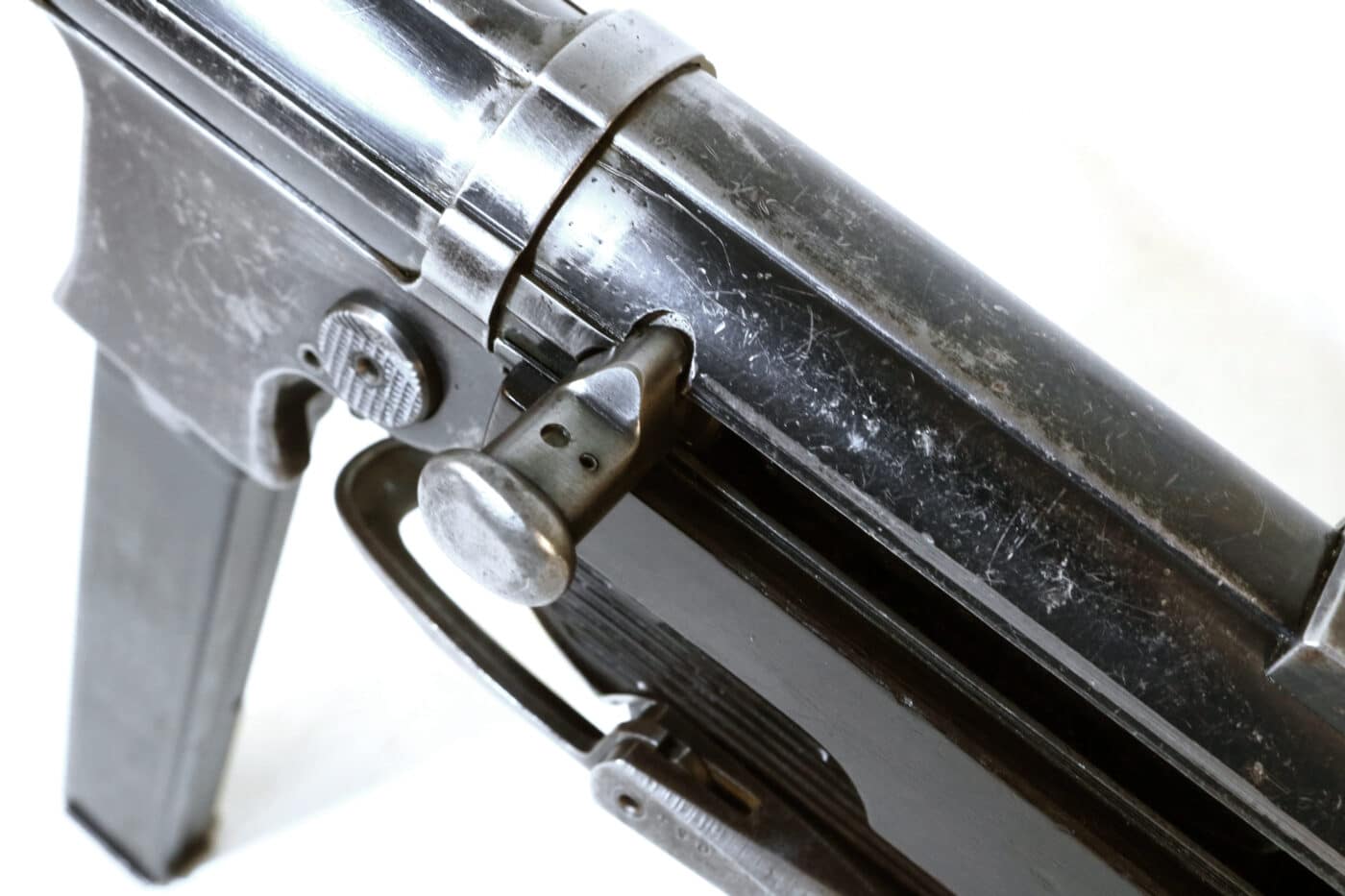
This pistol-caliber submachine gun changed the way grunts managed their battlespace.
There were a few other fundamental differences between the MP38 and the MP40, but normal people dont care.
The basic weapon feeds from a vertically-mounted 32-round box magazine and features a radical underfolding steel stock.
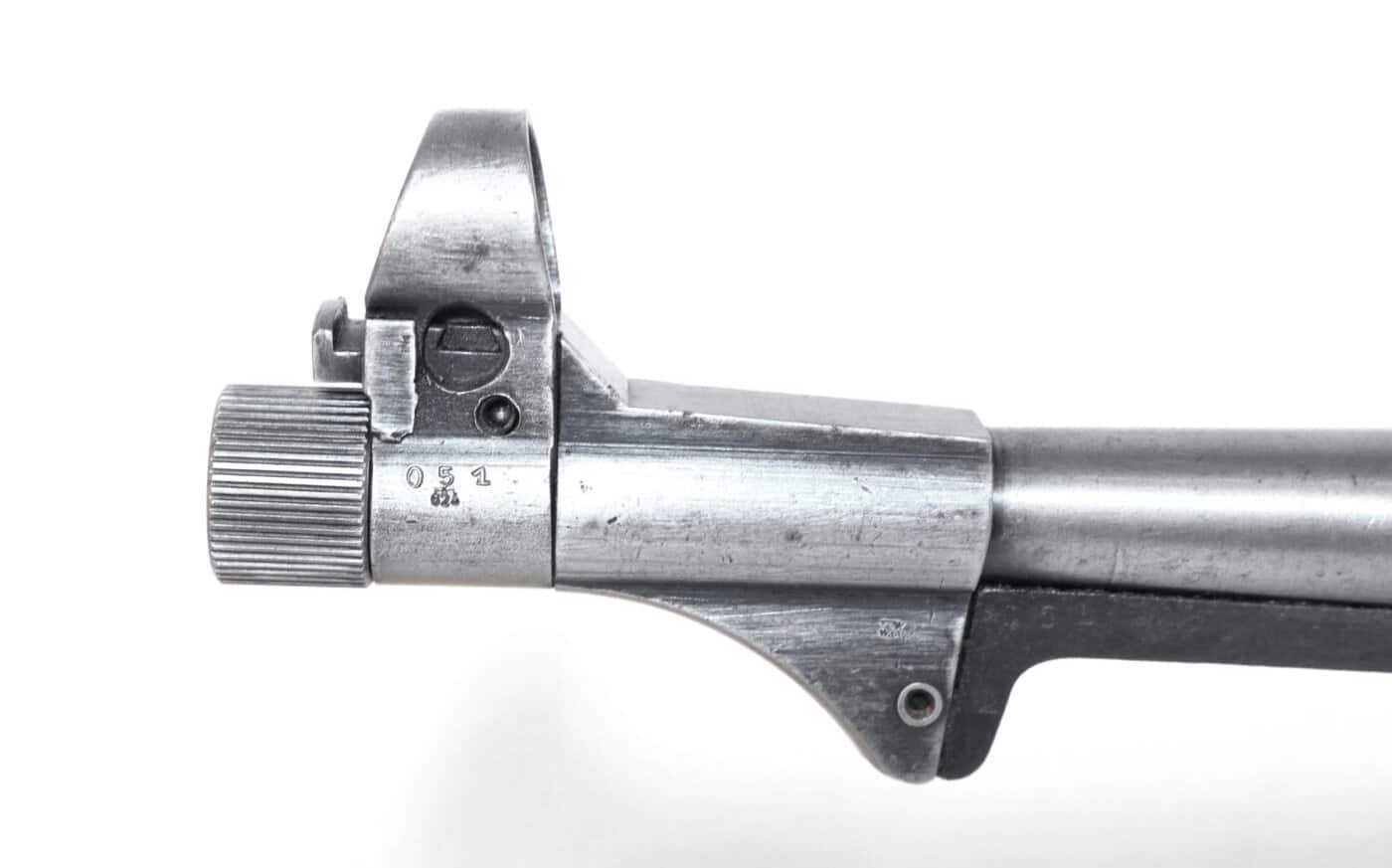
In place of wooden furniture the MP38s designers used synthetic Bakelite.
Bakelite is a polyoxybenzylmethylenglycolanhydride.
This remarkable mouthful of chem-speak was the firstplasticmaterial made from synthetic components, athermosettingphenol formaldehyde resin.
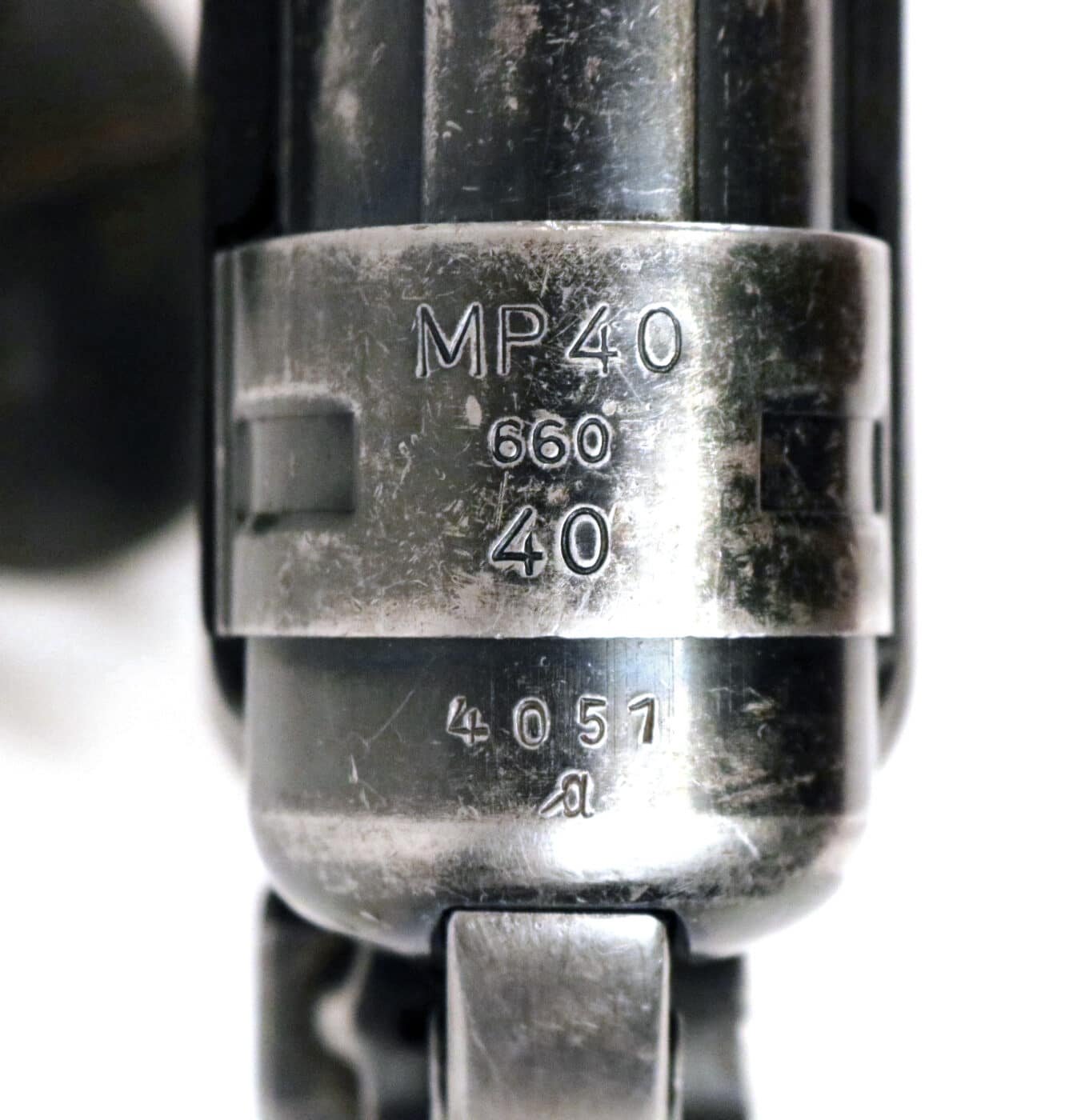
They made the stuff via acondensation reactionofphenolwithformaldehyde.
A Belgian-American chemist named Leo Baekeland invented it in 1907 while working in Yonkers, New York.
Generations of firearms to follow were similarly crafted, but it was really the MP40 that started it all.

The specifics were indeed groundbreaking.
Details
Early versions had a fixed reciprocating charging handle on the left.
It was found that the gun could fire inadvertently if dropped or handled roughly.

The solution was to retrofit the weapon with a charging handle that snapped in and out of the bolt.
In so doing the bolt could be manually locked in place.
The front sight was hooded, while the rear sight was flip adjustable between 100 and 200 meters.
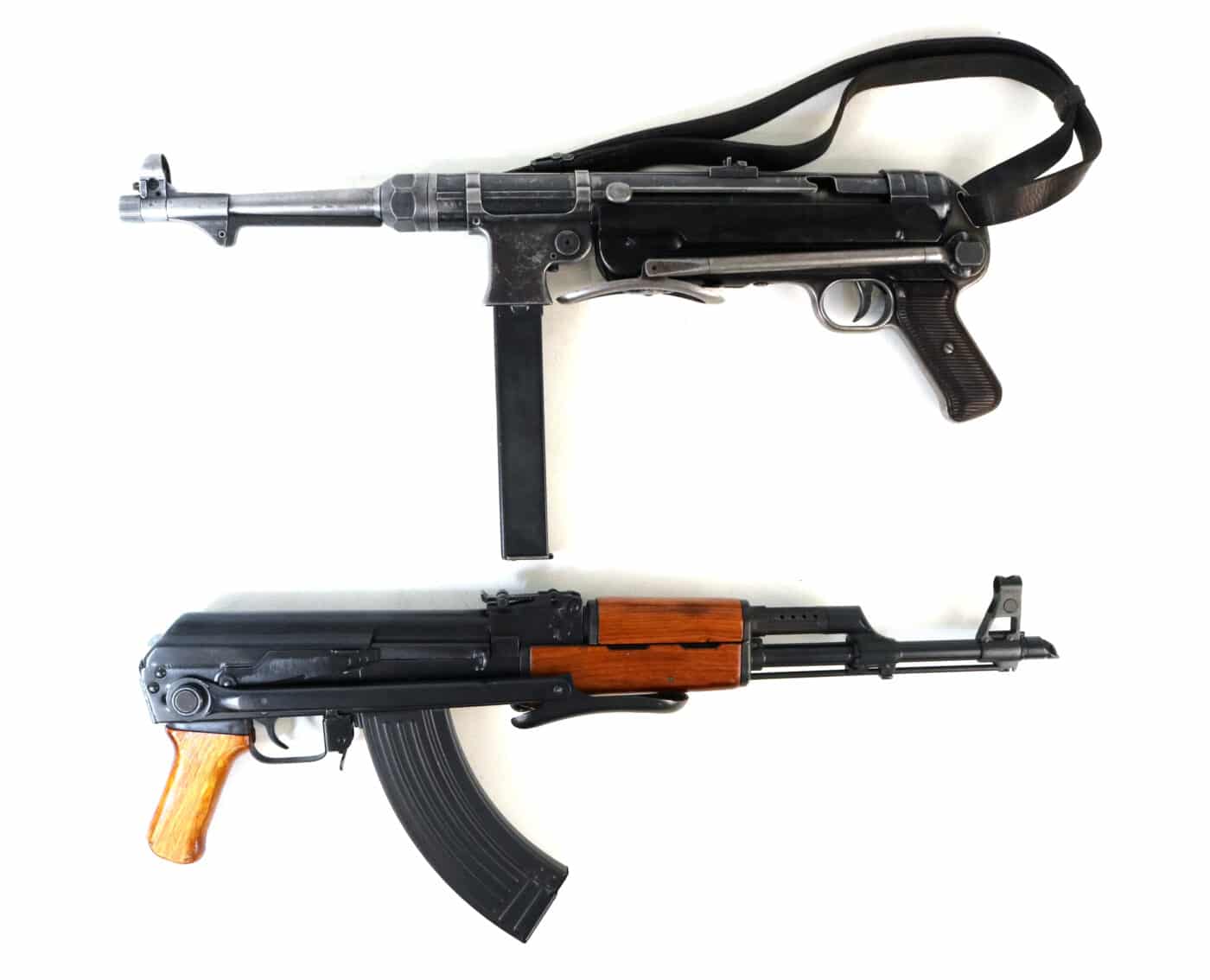
The magazine was a double stack, single feed design that was really the guns weak link.
It required a separate loader to charge and was not as reliable as it should have been.
Most German Landsers in combat loaded their mags to between 28 and 30 rounds for added reliability.
The weapon was issued with six magazines and the loader in two 3-cell pouches.
The odd-looking hook gear on the bottom of the barrel was made from either Bakelite or aluminum.
It was designed such that it could be laid across the edge of a halftrack or similar rest.
The bulge at the front would help keep the muzzle from riding back into the fighting compartment under recoil.
The rear sling attachment point was on the centerline and accommodated mounting the sling on either side.
The forward sling point was technically reversible.
The firing mechanism was full auto only, and the gun fired from the open bolt.
As a result, the weapon was fairly simple leaving little to break.
So long as minimal care was exercised, the MP38/40 was exceptionally reliable.
Despite the revolutionary nature of the design, the Germans still found themselves incapable of building something shoddy.
The collapsible stock indeed folded up into quite the compact package by the standards of the day.
Over time most MP40 stocks grew a little floppy.
In most cases the gun is handled improperly.
While the weapon was best controlled from the shoulder, it also ran exceptionally well from the hip.
Hip shooting is a lost art nowadays, but it was a real thing back during World War II.
The MP40 is front heavy and cycles quite slowly.
Singles and doubles are easy for the experienced trigger finger.
MP40s also came to be issued in recognition of exceptional combat prowess.
Over time the guns were scrounged as they became available.
Total production was around a million copies.
Captured MP40s were prized among Resistance fighters and were frequently used by Allied troops as well.
Its 9mm Parabellum chambering allowed the MP40 to be fed with English 9mm ammo.
Second only to the Luger pistol, the MP40 was the alpha souvenir.
Alas, some miscreant stole the gun from underneath his bunk during the voyage across the Atlantic.
Today, a transferable vintage MP40 is the pinnacle of any properly seasoned private machinegun collection.
They cost a cast-iron fortune as a result.
Privately-owned MP40s come in two broad categories.
These guns cost as much as a decent new car.
The second are called tube guns.
Tube guns are not quite so expensive, but none of them are cheap.
A tube gun costs about as much as a nice used car.
The MP40 embodied a fresh new paradigm in the mass production of military weapons.
To heft a vintage example today is to touch a piece of history.




